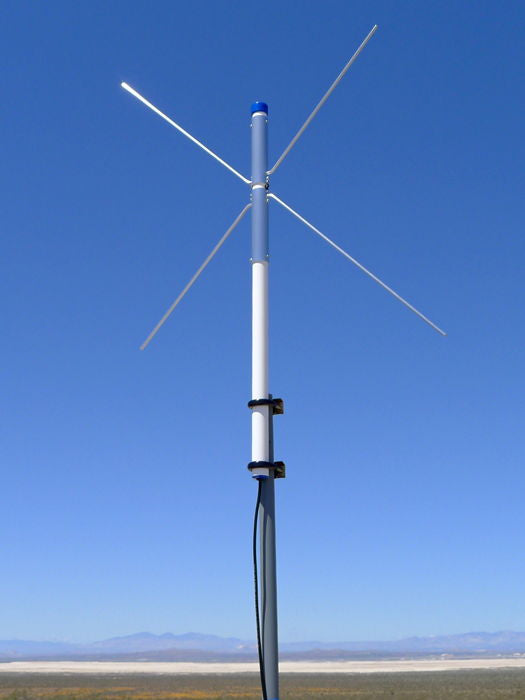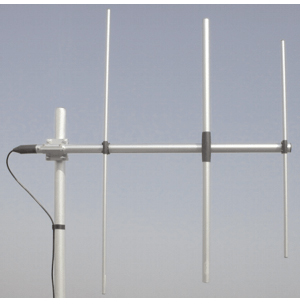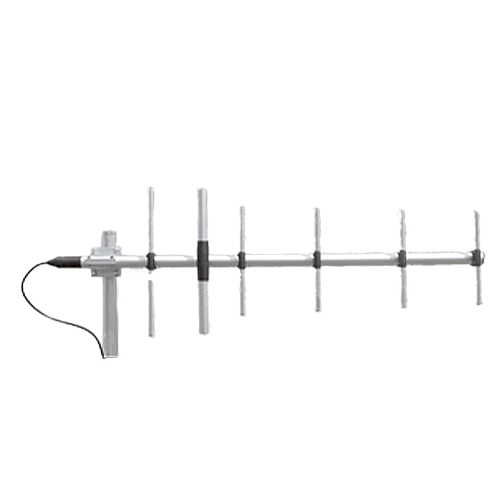I'm pretty much a newbie. Can you give me suggestions on what all I need for an antenna setup?
I have 2 rtl-sdr dongles that work great for local.
I would like to add two for the next county over, but the signal is not strong enough on my cheap indoor little antennas.
I think I'm looking to do eave mount, receiving 154, 159 police scanner signals. Maybe 151. The first two signals are about 25 to 30 miles away. Not sure if there are any hills in the way.
I think I need antenna (which are good options?) , a mast, a mount, splitter, some kind of ground?, and some kind of coax?
Thanks!
I have 2 rtl-sdr dongles that work great for local.
I would like to add two for the next county over, but the signal is not strong enough on my cheap indoor little antennas.
I think I'm looking to do eave mount, receiving 154, 159 police scanner signals. Maybe 151. The first two signals are about 25 to 30 miles away. Not sure if there are any hills in the way.
I think I need antenna (which are good options?) , a mast, a mount, splitter, some kind of ground?, and some kind of coax?
Thanks!




